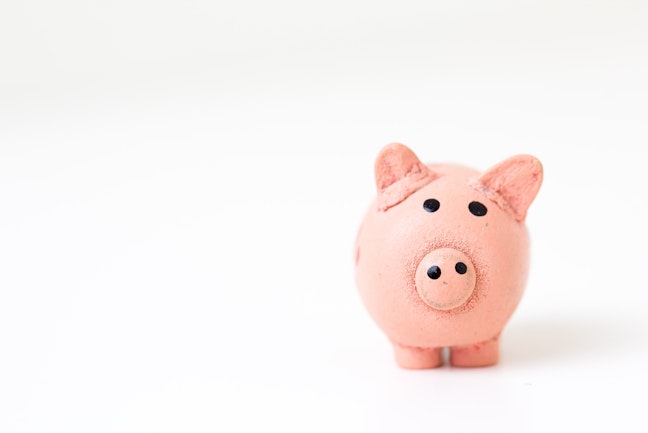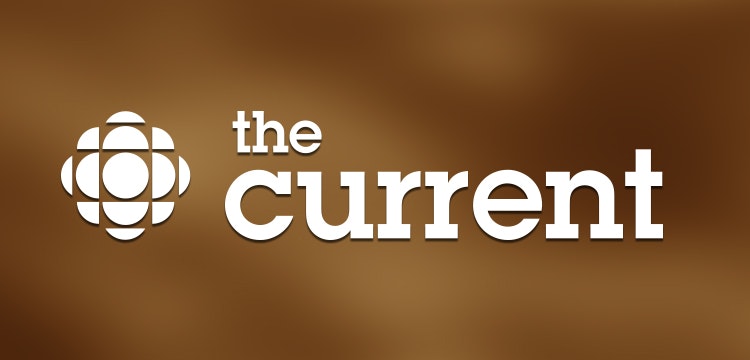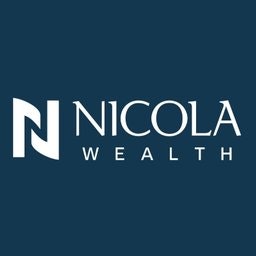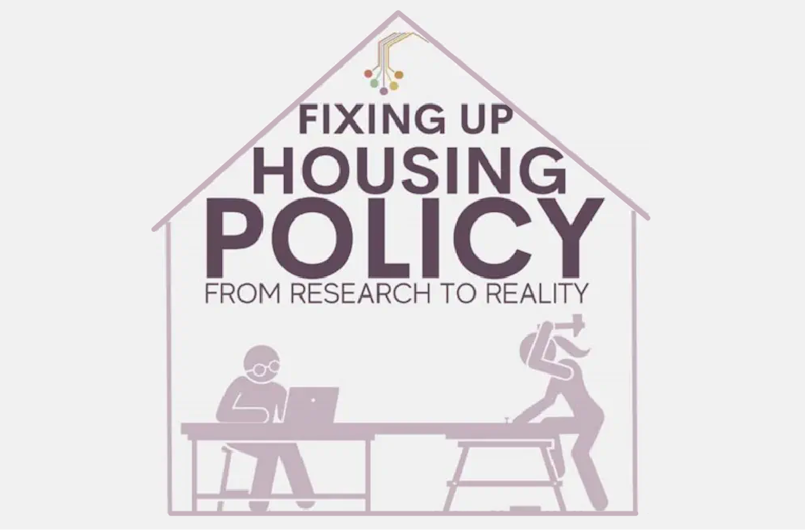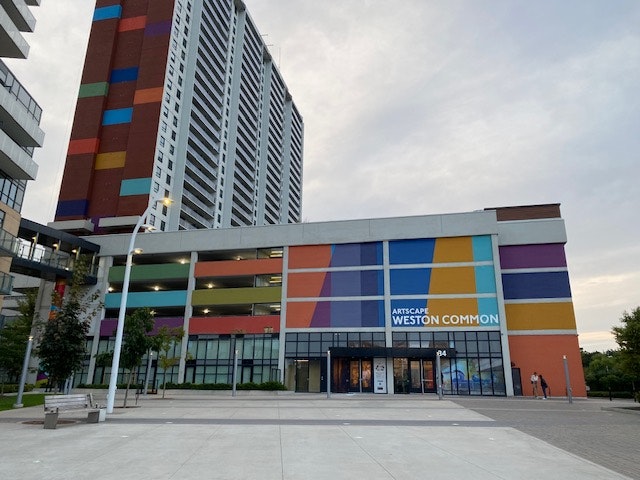Saving for a down payment is one of the most important factors in buying a home, and depending on the price, the amount of down payment needed can be substantial.
This hurdle of saving for a down payment is something we understand deeply at Options. It’s why we’ve made it our mission to help people purchase an Options home with down payment support through the Options Ready Program. While the Ready Program helps you access up to 15% of a condo’s sale price as a shared equity down payment, you still need to save up a down payment of 5% of your own money in order to purchase.
Saving takes patience and discipline, but small changes can quickly build up your assets. That’s why we’ve assembled this list of helpful ideas to help accelerate your savings journey.
Build a budget
Before you can start saving, it’s critical to understand your family’s finances. Building a budget will help determine the income coming into your household compared to the monthly costs of running your home – and what, if anything, is left over at the end. After paying all necessary bills, the goal is to have enough money left over at the end of the month to comfortably set some aside for your down payment.
Pay in cash
Do you find yourself spending more monthly on living expenses than you earn? A surefire way to curb extra spending is to use cash only. Set a realistic amount you’d like to spend on groceries, for example, and bring just enough cash to the store with you … the credit card can stay at home. This way you can’t spend more than you’ve budgeted and have on hand for necessary purchases. Impulse buys can wait – you’re saving up for homeownership.
Tackle existing debt
Toronto is an expensive city. We get it. And if you’re in debt, you’re not alone: Did you know that Canadian consumers are now carrying $2.1 trillion in debt? Before you can start saving for a down payment, it’s helpful to pay down any existing high-interest debt like credit cards. Starting from a blank slate will help you save more, quicker. If you are unsure of how to get started paying down existing high-interest debt, book an appointment with a financial advisor at a primary bank. They can discuss your current finances and make recommendations for monthly budgeting to support timely repayment of existing debt. You can also check this blog from the Credit Counselling Society, which offers 12 ways to get out of debt.
Automate your savings
When speaking with a financial advisor, something else to inquire about is automated savings. On a scheduled basis, funds can be automatically transferred by the bank from your primary account into a separate savings account specifically for a down payment. Tucking away a little bit each month this way will help you build up savings without having to remember to manually transfer funds after pay day.
Find free or affordable entertainment
Depending on how much you like to splash out on having a blast, entertainment can eat up a significant part of any budget. Whether it’s dinners out, experiences or shopping, there’s no end to the ways you can spend money on having fun. Regardless of your interests, though, there are lots of ways of having your fun affordably – or even free. Outdoor activities like a day at the beach or going for a walk, hiking or bike rides are all free. Don’t have easy access to a bike? Bike Share Toronto has 625 stations across the city for affordable bike rentals. Check out the map here. Consider reducing money spent on entertainment in favour of affordable or free activities, and those extra funds can be put towards a down payment.
Review auto renewals
Memberships and auto renewals are another area of hidden spending you might not have considered. Spending $3.99 here, $14.99 there – it doesn’t seem like much (never mind that app you forgot about, the one that charged you $40 to renew for another year!), but it all adds up. Take a second look at your online memberships and make sure they are aligned with your budget and what is important to you. Are Netflix, Crave, Apple TV and Amazon Prime all essential? Savings from unnecessary or duplicate subscriptions can go directly towards a down payment.
Streamline costs
Streamlining spending in other areas of life – such as telecommunications, gym or club memberships and insurance – is another helpful way to reclaim money that can be put towards a down payment. Look at your mobile and internet services: Are there features you pay for but don’t use that can be removed? Can you opt for a more affordable plan or bundle services together to increase cost savings? Saving money in other areas can help free up additional funds to put towards a down payment.

